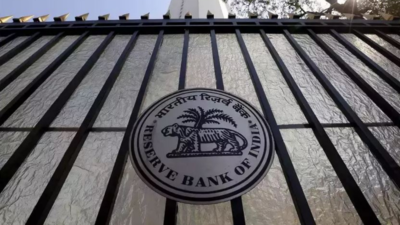Financial Stability Report
Figure 4: No Copyright Infringement Intended
Context:
- The Financial Stability Report released by RBI projects banks’ gross NPAs rising to 8.1% of total assets by September 2022 from 6.9% in Sept 2021 under a baseline scenario and to 9.5% under severe stress scenario.
Findings of the Report:
- Balance sheets of banks remain strong and capital and liquidity buffers are being bolstered to mitigate future shocks.
- Emerging signs of stress in micro, small and medium enterprises (MSME) as also in the micro finance segment call for close monitoring of these portfolios going forward.
- The RBI Governor has also flagged inflation concerns and the below-par performance of private investment and consumption in the Indian economy.
- The report also expresses doubt over the government’s ability to contain fiscal deficit at the budgeted 6.8% this fiscal year.
- the overall provisioning coverage ratio moved up from 67.6 per cent in March 2021 to 68.1 percent in September 2021.
Checking the Financial Stability:
- The RBI checks the resilience of banks' balance sheets to unforeseen shocks emanating from the macroeconomic environment using macro-stress tests through which impairment and capital ratios are projected over a one-year horizon under a baseline and two adverse (medium and severe) scenarios.
Terms:
Non Performing Asset:
- A non-performing asset (NPA) is a classification used by financial institutions for loans and advances on which the principal is past due and on which no interest payments have been made for a period of time.
- In general, loans become NPAs when they are outstanding for 90 days or more, though some lenders use a shorter window in considering a loan or advance past due. Lenders usually provide a grace period before classifying an asset as non-performing.
Gross NPA and Net NPA:
- GNPA: GNPA stands for gross non-performing assets. GNPA is an absolute amount. It tells you the total value of gross non-performing assets for the bank in a particular quarter or financial year as the case may be.
- NNPA: NNPA stands for net non-performing assets. NNPA subtracts the provisions made by the bank from the gross NPA. Therefore net NPA gives you the exact value of non-performing assets after the bank has made specific provisions for it.
Capital to Risk Weighted assets ratio:
- CRAR also known as Capital Adequacy Ratio (CAR) is the ratio of a bank's capital to its risk.
- CRAR is decided by central banks and bank regulators to prevent commercial banks from taking excess leverage and becoming insolvent in the process.
- The Basel III norms stipulated a capital to risk-weighted assets of 8%.
Provision Coverage Ratio:
- Provisioning Coverage Ratio (PCR) is essentially the ratio of provisioning to gross non-performing assets (NPA) and indicates the extent of funds a bank has kept aside to cover loan losses.




1.png)
